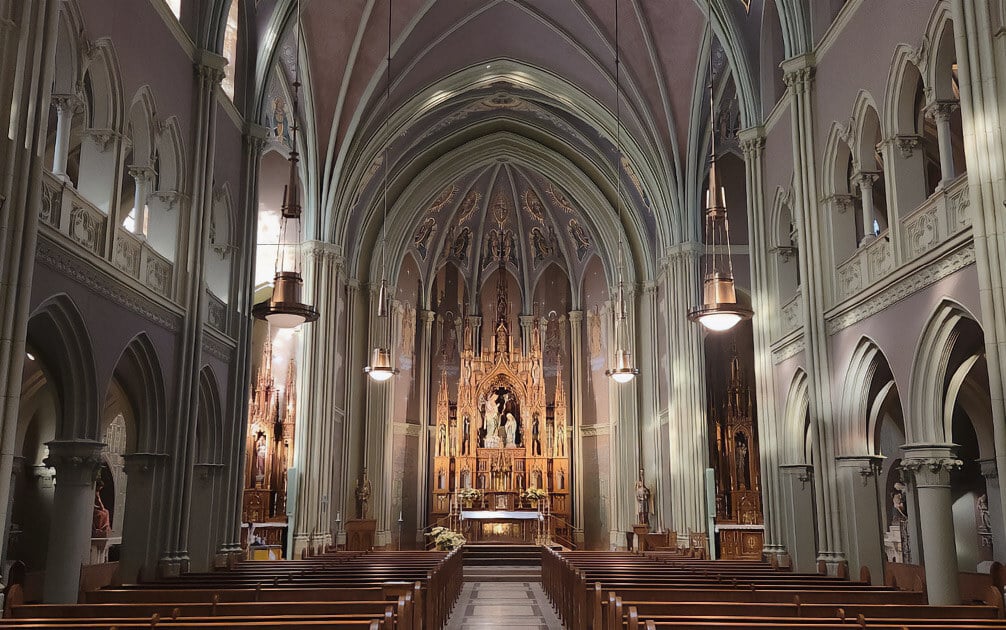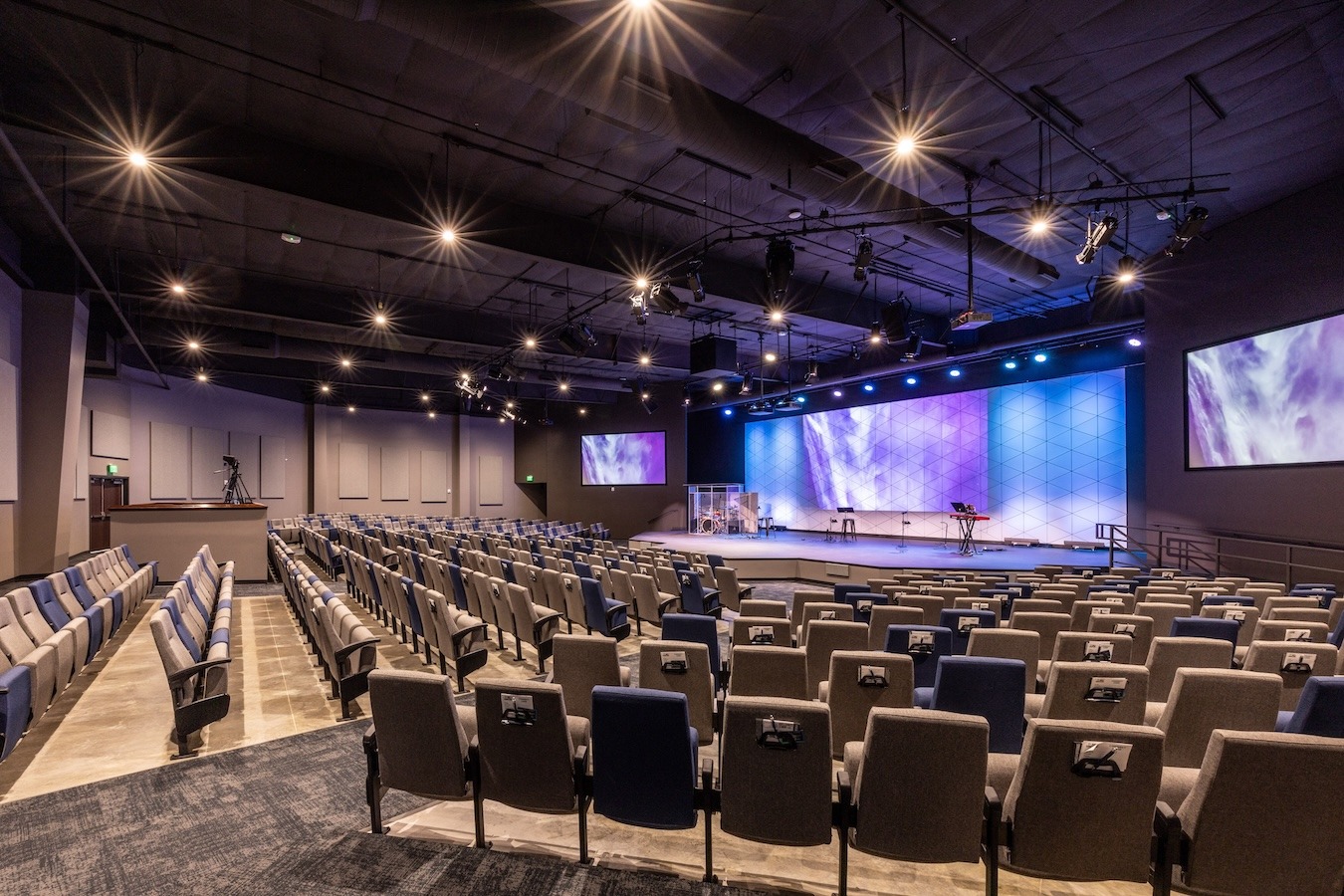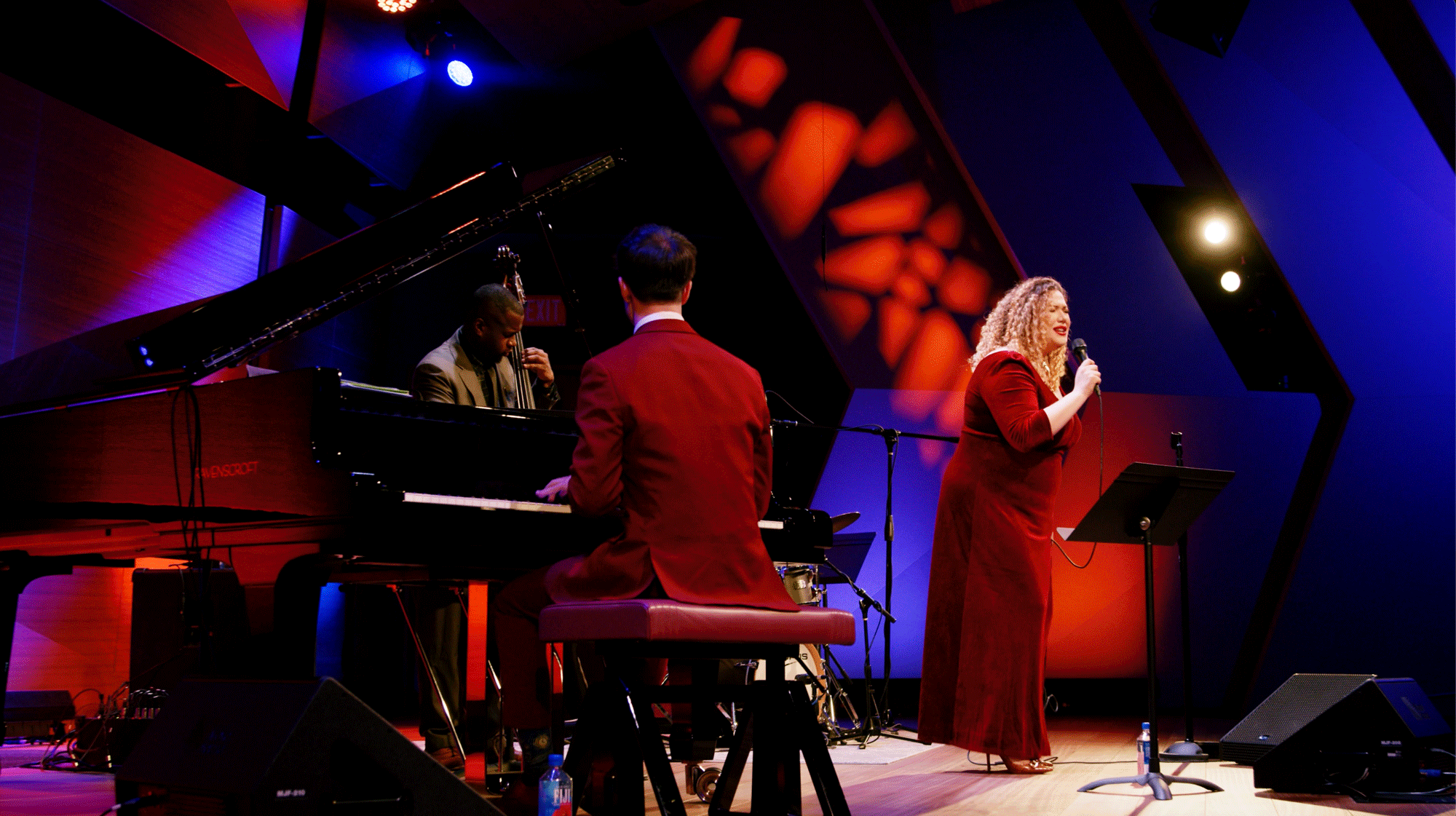When the Room Talks Back
Welcome to the Weird World of Psychoacoustics We talk about sound like it’s simple—turn it up, turn it down. But the truth is, loudness is less about...

An architect designs a building to fit its function—we do the same with sound. What does that mean? It means we don’t just install speakers. We blueprint sound to fit the space, the message, and the experience. Because good sound isn’t just about volume—it’s about impact, clarity, and connection.Now, we know you’re not new to this. You’ve experienced great sound and awful sound. You understand reverb. You might even dabble in acoustics. But let’s talk about the “why” behind it all.
Why does audio make or break a live performance? Why can a high-tech sound system still fall short? Why does one space feel alive with energy while another feels like shouting into a void? To answer that, we need to dive into the architecture of audio—because just like a building’s design shapes how we move through it, a room’s acoustics shape how we experience sound.
If you close your eyes right now, can you tell the difference between standing in a cathedral and standing in a carpeted office? Of course you can.
Because sound isn’t just something we hear—it’s something we feel. It’s how we understand the space around us. And it’s that last bit that’s the most important.
Sound waves need a medium to travel through. They don’t move through a vacuum; they need solids, liquids, or gases to carry them. That medium changes how sound behaves—and that’s the foundation of how we design it.
Take a cathedral. The moment you walk in, the space feels big, even with your eyes closed. That’s because of the hard surfaces reflecting sound energy, creating long reverberations that stretch and soar. But it’s more than that. There’s airborne sound—the words spoken, the music played, the sound moving through the air. There’s direct sound—what you hear straight from the source, allowing you to locate where it’s coming from. Then there’s ambient sound—what happens when sound bounces, lingers, and fills the room. And, of course, there’s structure-borne sound—vibrations traveling through walls and floors, like footsteps echoing in an empty hall.
On the opposite end of the spectrum, a recording studio is designed to kill sound, not enhance it. Thick carpet, foam walls, and soft surfaces absorb rather than reflect, eliminating reverb and isolating every note and word. Instead of filling a space, sound is controlled, contained, and immediate.
Both spaces serve a purpose. But in a live performance environment, you can't have just one or the other - you need both.
As a leader, you want your audience to feel like they’re part of something bigger. That’s your message. But you also want them to feel like they’re sitting across from you in a conversation when you speak. The balance comes into play when you take the immersive feel of a cathedral and the clarity of a studio and make them work together. But how do you make marble softer? Or acoustic paneling harder? Obviously, you don’t.
At CSD, we bridge this gap using electroacoustic systems like Meyer Constellation and d&b Soundscape. These technologies take a treated room and transform it in real time. We can make a single cello sound like it’s playing in a grand cathedral, filling the space with warmth and depth. And we can make the spoken word sound as intimate as a one-on-one conversation, with nothing getting in the way.
That’s the architecture of audio. It’s not about turning up the volume—it’s about shaping sound with precision, designing it to work for the space, the message, and the people in the room. Because when sound is engineered with intention, it doesn’t just fill a space—it commands it. It doesn’t just reach people—it moves them. And if your sound isn’t doing that, then it’s just noise. And at CSD, we don’t do “noise.” We build audio that resonates, inspires, and transforms.
Let’s design something that speaks louder than words.

Welcome to the Weird World of Psychoacoustics We talk about sound like it’s simple—turn it up, turn it down. But the truth is, loudness is less about...

Helping The World Communicate Better We’ve all been there: sitting in a sleek, modern boardroom where the design is impeccable, but the acoustics?...

Ever sat in a theater and felt the bass pulse through the floor or heard a voice carry so effortlessly that it seemed to hang in the air, waiting for...